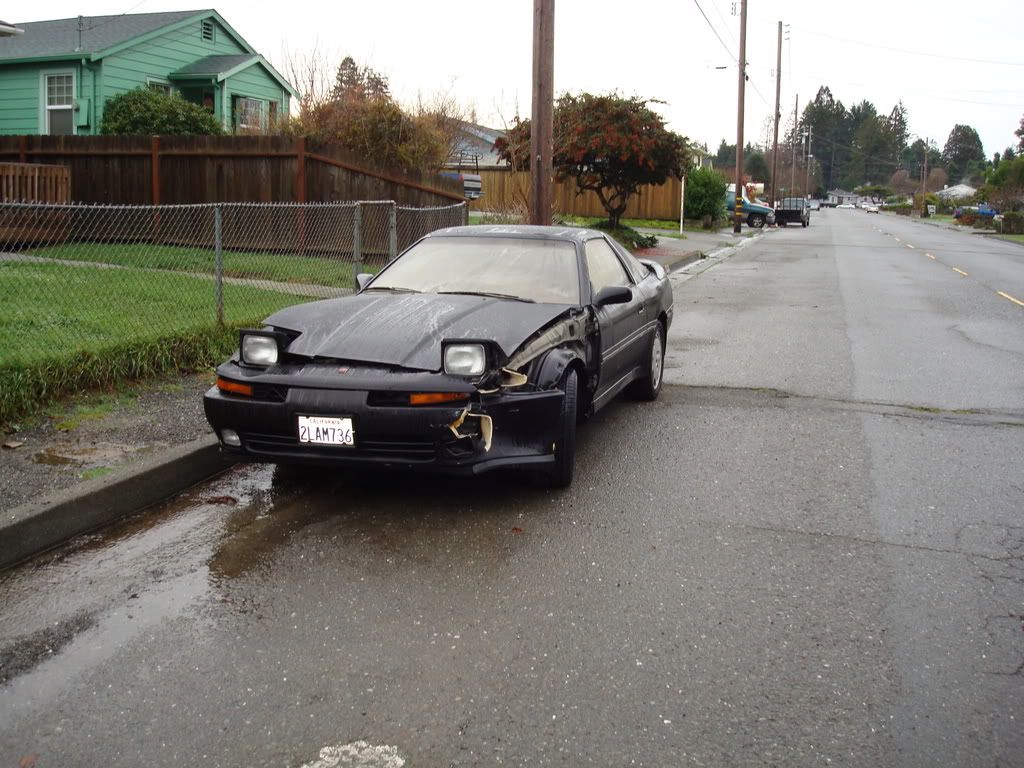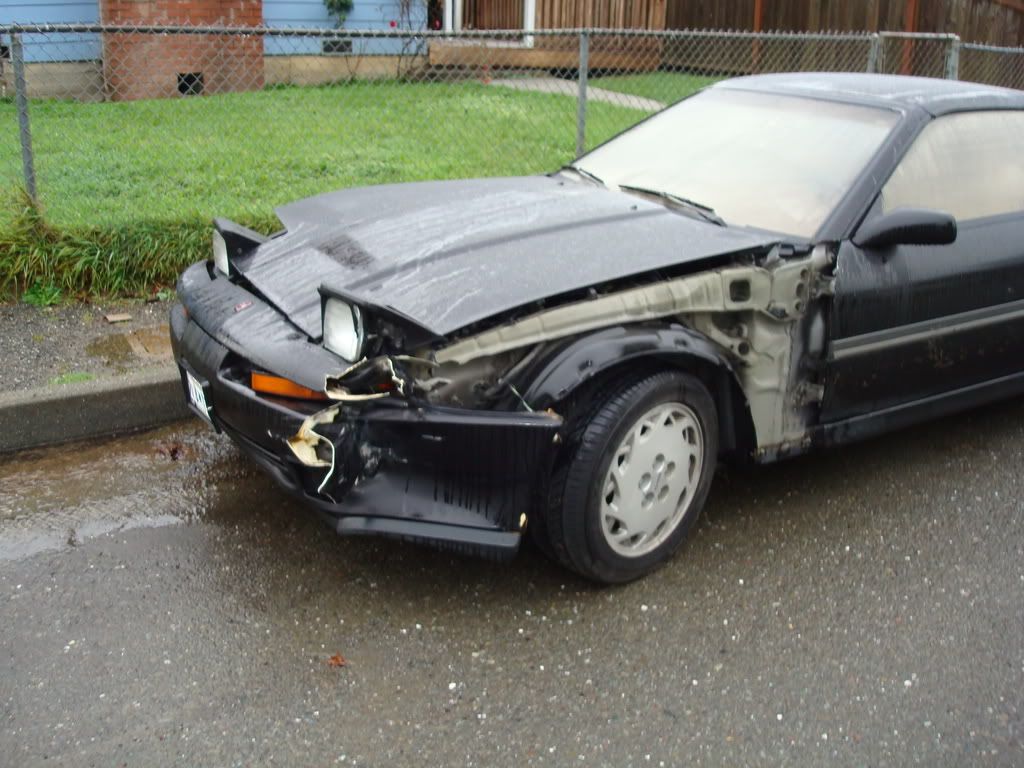yay, looks like we've turned this into a tire topic. Ok, I am in no way, shape, or form a tire expert. Then again I've been trying to keep myself informed seeing as the only thing touching the ground on the car are the tires. Seems that should be one of the best maintained parts on the car.
That being said, people have to understand the tires. As far as tire size is concerned there are three (3) numbers to look at... usually goes in terms of P225/50R16.
P Usually indicates a Tire for Passenger Cars. There are usually only two
variables here. a P or a LT (Light Trucks)
225 This indicates the width of the tire. The portion that is actually
touching the streets.
50 This would be the height of the sidewall in respects to the rest of the tire diameter. The lower the number, the lower profile tire you'll have.
R Is the speed Rating of the tire.
16 Is the tire diameter. Same as Rim Size.
Shit, imma have to cover this in multiple posts through-out the day if you guys dont beat me to it. Gotta hurry up for work. :icon_mad:
There is other important information on the side of the tires. What is important isn't really whats the Max inflation pressure on the tire. Thats what the tire will safely hold without rupturing under load. The inflation pressure that is important is what the damn car says. I dont get why people dont realize this. Each car has its own specs. I play with my tire pressures a bit. I slightly lower the front by like 3-5psi and increase the back by like 5 (this was on my 240SX, might have to drop the pressure a bit in the back on the supra) As a tire is over inflated, the center of the tire bulges out. Only the center is in contact with the road when the tire is over inflated. When underinflated, the center of the tire makes less contact. The outter edges sag and the center line of the tire lifts. If you deflate just right you can manage to get the sides dead even with the centerline of the tire equating in more traction.
NO! I AM NOT SAYING TO DEFLATE YOUR TIRES! Run them at the factory 29psi all around. If you get bigger wheels and tires that are not the factory recommended P225/50R16's then you must call the manufacturer of the tire and find out what your supposed to inflate the tire at. Vehicle info may be required as this is vehicle specific.
Anyways, On the side of the tire there is also UTQG (Uniform Tire Quality Grade) Standars. I find this to be very important from a performance point of view. Treadwear here seems to make more of a difference than weather the tire supposedly has A or AA traction. I had a set of Falken Azenis on my S13 and altho the tire stated it had A traction, It performs 100 times better than any AA tire I've ever used. Then again it had 200 Treadwear. The lower the number the faster the wear. Then again most tires that wear faster provide more grip. Everyone for the most part uses 400 treadwear tires. I wont get into much detail on this but heres a good link for info on this.
http://www.tirerack.com/about/techcenter.jsp
Good tires make the car respond better to the drivers inputs. Suspension also helps alot with this. Then again the ultimate factor is the driver. A skilled driver can overcome most situations that they happen to find themselves in. As far as hydroplaning is concerned, you have to realize that not only does tire traction have a whole lot to do the drivers ability to recover from a hydroplane, but so does the vehicles weight. Think vehicle dynamics. Shit, think what happens when your sitting still at a light and you stomp on the gas pedal. The vehicles front lifts. Your removing weight from the front for a breif moment. You stomp on the brakes, the front dips. Weight is off the back and on the front (can help improve steering traction if proper braking is used). Sadly enough, It ultimatly boils down to knowing how to drive the car.


